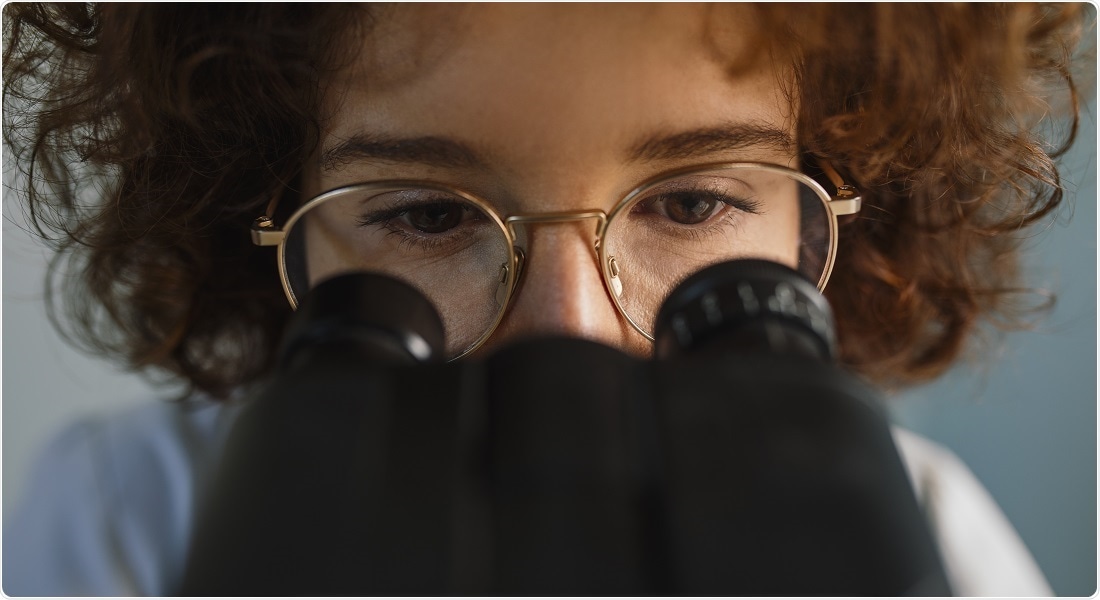Antibiotic resistance is a race between bacteria that are becoming resistant and humans who aspire to discover new antibiotics that helps in treating infectious diseases. And at present, bacteria are way forward making it vital to understand more about antibiotic resistance. A group of Danish researchers identified a new piece of the puzzle that helps in better understanding the “enemy”.

Image Credit: Getty Images.
Scientists from the University of Copenhagen recently revealed that the predominant assumption that resistant bacteria lose their resistance capacity when antibiotics are not found is true, however this requires substantial modifications.
One widespread strategy to combat antibiotic resistance has been to use antibiotics for a period of time and then take a break. The belief is that resistant bacteria will lose their resistance genes or be outcompeted during the break, after which the antibiotics will work again. But that approach doesn’t seem to hold up.”
Mette Burmølle, Study Senor Author and Associate Professor, Department of Biology, University of Copenhagen
“Our study demonstrates that resistance genes are able to hide in inactive bacteria, where they form a hidden reserve of resistance that bacteria can rely on. In other words, they don't just disappear when antibiotics aren’t around,” explains Henriette Lyng Røder, Co-first author of the study.
Biofilm deals resistance genes a strong card
The majority of the bacteria thrive and interact in biofilms—microbial communities are enclosed in a matrix of mucus formed by them—probably on a material’s surface. Biofilms are seen everywhere from stones and plants to the plaque on the teeth, to implants. Biofilms include both inactive and active bacteria.
The hibernation and mucus of inactive bacteria make biofilms a fortress that is capable of withstanding huge amounts of antibiotics. However, the current research reveals that biofilms also provide bacteria another strong card.
We can see that the active bacteria living nearest the outer edge of the biofilm lose resistance genes when antibiotics aren’t present. However, deeper within the biofilm, there is a layer of inactive bacteria which hibernate away safely. These carry resistance genes even if they don’t need them. This is important because it means that biofilms can essentially act as a reserve for the storage of many types of resistance genes.”
Urvish Trivedi, Study Co-First Author, University of Copenhagen
The bacteria spread the resistance genes by small DNA molecules that are transmitted between the ones they use as hosts. To date researchers believed that bacteria only keep plasmids as long as they benefit from them, e.g., the resistance genes present in the plasmids, or else lose them. And plasmids are not a free lunch as they take in energy from a bacterium.
This stealing of energy results in slower growth of the bacterium. As active bacteria constantly compete with one another, it was still a mystery as to why most bacteria continue with the plasmids which does not do them much good—called selection.
The current research offers one of the answers. The conditions are different in the case of inactive bacteria.
According to Mette Burmølle, “In contrast to the active bacteria in biofilm, inactive bacteria in biofilm don’t grow. As such, they don’t compete. This allows space for them to carry plasmids. In this way, a reserve of resistance genes is built up into biofilm. Obviously, it’s a huge advantage for bacteria to be able to save resistance up to ‘bad times’—in this case, when a bacterium meets an antibiotic.”
Antibiotic resistance cannot be cleared away
The scientists evaluate that resistance stocks in biofilms are majorly developed in environmental bacteria seen in air, soil, and wastewater among other places. But, it is well known that distinct species of bacteria can transfer resistance to each other. For instance, resistance in environmental bacteria can be transferred to the ones that make individuals sick.
An enormous number of bacteria with antibiotic-resistant genes derived from humans and livestock end up in sewage and may spread along that path into the environment. One concern is that such bacteria could end up turning environmental bacteria into pathogens – bacteria that cause disease. In this way, everything is connected.”
Jonas Stenløkke Madsen, Study Senior Author, University of Copenhagen
The observations of the current research indicate that resistant bacteria are much better at surviving than previously believed.
Madsen adds, “In the bigger picture, this means that if there are a lot of inactive bacteria in the environment, in soil for example, then resistant genes don’t just gradually disappear when antibiotics aren’t present. Therefore, we ought to consider abandoning the idea that we can get rid of resistance genes and instead assume that they are always present. Understanding these dynamics can better equip us to battle antibiotic-resistant bacteria.”
Source:
Journal reference:
Røder, H. L., et al. (2021) Biofilms can act as plasmid reserves in the absence of plasmid specific selection. npj Biofilms and Microbiomes. doi.org/10.1038/s41522-021-00249-w.